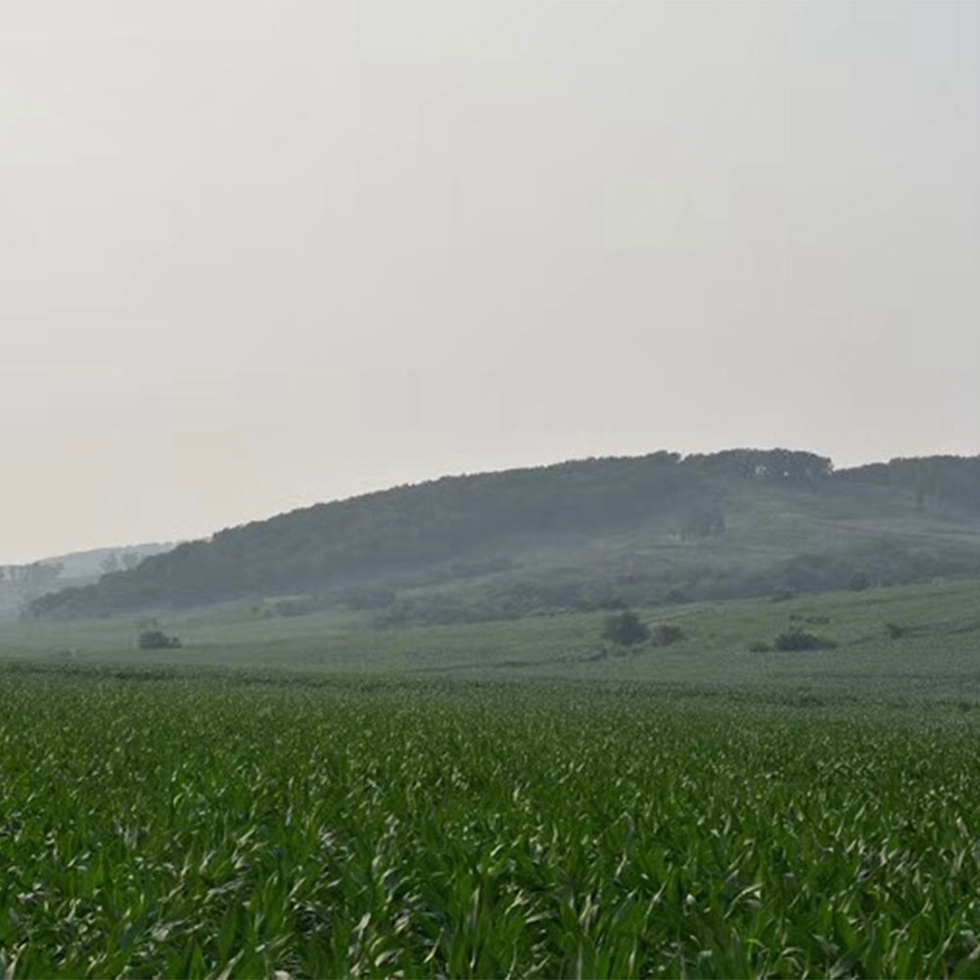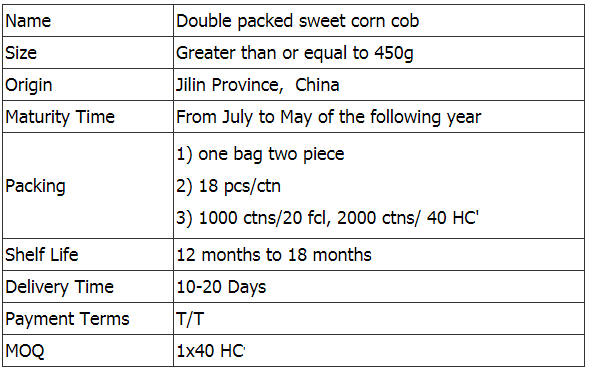Duck ducks raise seven high yields
At present, with the development of duck production in various regions, breeding ducks has become a good way for farmers to become rich. In order to realize the high yield and high efficiency of captive duck production, through experience and investigation, the experience and measures for high yield in captive ducks are described below.
1. Strictly controlling weight and body weight changes is a barometer for laying status of ducks and ducks. Observing weight changes of ducks and ducks and controlling body weight according to growth laws is an important management measure. Generally speaking, 85% or more of the body weight should be within the range of 1.4-1.5 kilograms at birth (pay attention to the difference in the standard body weight of different breeds), in order to achieve a pre-natal duck body with strong constitution, consistent development, skeletal induration, and feathers. Ducks, which are fully and timely to be put into production, must be restricted from the start of breeding ducks. Generally, the feed quality of pre-natal ducks need not be too good, as long as crude protein 14% and metabolic energy 10.8-11.3 MJ/kg can be obtained per kilogram of ration; if it cannot be fed, there must be more green feed; The amount of water in the sink should be sufficient, not broken or missing. After the production is started, feed supply should be adjusted according to the egg production rate and egg weight increase/decrease. It is better to measure ducks once a month, so that the weight of ducks entering the egg production period is constant at about 1.45 kg. Slight increase, to no more than 1.5 kg at the end of elimination. During this period, if the weight suddenly increases or decreases, it shows that there have been problems in feeding and management, and it should be promptly corrected.
Second, keep abreast of ducks dynamic focus is the duck's eating, venting, production. The first is that the daily food intake of the duck group is well known. The general production ducks feed about 0.15 kg per day, plus 0.05-0.15 kg of green feed. If the feed intake is reduced, the reasons should be analyzed and measures should be taken. If the intake is reduced for 3 consecutive days, the 4th day will affect the egg production. Second, the amount, shape, content, and smell of feces should also be familiar. If the excreted feces are all white, it means that the animal feed was not absorbed. The stools were washed in water and fluffy, not much white, indicating that the amount of animal feed was adequate. The third is to check the egg production situation. Observe the distribution of egg nests in duck houses in the morning when observing eggs. The number of egg nests per day of the ducks is generally regular to be found. The number and weight of eggs laid every day must be known, and it is best to record them and draw them Charts are compared with the standard in order to understand the trend of egg production in ducks. In addition, careful observation should be made on the shape, size and shell thickness of duck eggs. If it is found that the eggs produced are small, egg shape is long, shells are thin, or misshapen eggs are increased, it is necessary to pay attention to increase nutrition and timely feeding. Animal feed.
III. Breeding techniques for egg production During laying of ducks, ducks must pay close attention to the egg production rate and egg weight rising trend, and then increase the amount of feed and the number of feedings, and push it to the peak of production as soon as possible. When the egg production rate reaches more than 90%, feed quality should be improved, nutrient concentration of the diet should be increased, compound materials containing 19%-20% protein should be fed, and granular calcium and green feed should be fed appropriately. Observe changes in feces, egg weight, egg production time, shell quality, and body feathers of ducks. The egg production rate remained constant during the prolific period. Eggs weighed 8 kg and increased slightly, and their body weights remained basically unchanged, indicating that the materials used were reasonable. If the body weight is reduced at this time, animal feed should be fed. If the body weight is too high, the metabolic energy of the feed can be reduced. The green roughage can be properly fed to control the feed intake, but the animal feed remains unchanged. In order to reduce the cost of feed, local by-products such as brewers' grains and MSG slag should be actively used. Fish meal should pay attention to quality and prevent adulterants from affecting egg production by adulteration.
Fourth, the management of the cold season points Early spring ducks generally enter the egg production period in August, after which the light is getting shorter, the weather turns cold, cold season is approaching. In order to adapt the duck population to this environmental change, the following technical measures should be taken at this time. First, artificial lighting should be added to make the lighting not less than 16 hours. Second, the duck shed insulation work should be done. The temperature in the duck house should not be lower than 6 °C, while raising the stocking density, thick pad of hay, close the doors and windows, and prevent thieves from invading; Thirdly, increase nutrition properly, increase the level of feed metabolism energy to 12.1-12.5 MJ/kg, protein 18%, but be careful not to make ducks. Body fat; four is to take the late release of the duck in the morning, close the shed early in the evening, that is, 8:00-9:00 when the sun is sufficient to put the duck, reduce the time and frequency of water release. During the winter and the twelfth lunar month, you need to rush to the ducks for about 10 minutes before going into the water. After the ducks come ashore, wait for the hair to dry and enter the shed. In order to maintain a high rate of egg production, it is still necessary to pay special attention to whether there is any change in eggshell quality, whether the time for laying eggs is delayed, and the mental state of the ducklings. Such as quail eggs, hand touch the thick shell, bright color; duck concentrated egg production time at 2:00 or so, no postponement gradually; ducks eat well, when the feathers do not seep water, full of spirit, dry duck after landing , indicating that the egg production will not fall down, and keep the law. The elimination of ducks and ducks depends on the egg production rate and the elimination of residual value after the Chinese New Year in the second year. Therefore, the outdated value is higher, and the egg price is expected to fall. When the balance is difficult to balance, the ducks will be updated.
Fifth, to reduce the impact of various stress factors Ducks have regular life, but nervous, sexual urgency, timid, easily disturbed, so pay attention to the following points in the breeding process:
1.Feed varieties can not be changed frequently, no mildew, poor quality feed;
2. The operating procedures and feeding environment should be as stable as possible, and the duck staff should also be fixed, and should not be changed frequently;
3. Keep the environment quiet, try to avoid abnormal noises, and allow outsiders to enter and leave the duck house in a casual manner. Do not suddenly surprise the ducks, especially when the ducks are just starting to be released.
4. Feeding times and feeding times should be relatively constant, suddenly changing the feeding time or suddenly reducing the number of meals served will cause stress, resulting in decreased egg production;
5. To create conditions and provide a good egg production environment, special attention should be paid to the impact of climate change. Therefore, we must pay attention to the weather forecast and do a good job in preparation. We must keep the duck house dry, lay the grass on the ground every day, and let the ducks feather their feathers before returning home to the nest.
6. Drugs that have an impact on the egg production rate, such as olaquindox, cannot be used casually during the production of eggs, nor can they be vaccinated and dewormed at random.
Six, the use of a reasonable light system illumination has the role of stimulating the duck egg production, it through the joint action of nerves and endocrine to promote the growth and development of follicles, thus promoting the formation of duck eggs in the breeding process to provide a reasonable lighting system. Do not suddenly turn off the lights or shorten the lighting time, so as not to cause a frightening group and misshapen eggs. For frequent power cuts, be prepared for kerosene lamps or other lighting appliances. The daily illumination time was 20 minutes from the age of 19 weeks. The total illumination time was not less than 14 hours until 16 hours or 17 hours. The light intensity was 5 lux. In addition, the lighting system must be closely integrated with the feeding and management measures.
Seven, do a good job in duck disease prevention and control work should pay attention to the cleanliness of ducks, into the duck can be used before 2% caustic soda, 10% -20% lime milk and other disinfection, while maintaining the duck sheds comfortable dry grass, avoid moisture. In the summer, weeds are cleaned once a week, and weeds are cleaned once a month in the winter. If there is stuffy and heavy smell in the duck house, we must open the windows and doors in time for ventilation. The troughs and sinks in the house should be washed frequently. According to the established immunization procedures, timely inoculation of good vaccines should be timely isolated or treated for diseased ducks in the group. Regularly add some preventive drugs in feed or water to control the occurrence of various diseases.
Fresh Double Packed Sweet Corn
Jilin Province Agricultural Sister-in-law Food Co., Ltd. was establishe in 2012, is a diversified company based on corn food's research and development, production, and sales. Through several years' rapid development and innovation, Nongsao gradually became a modern company of certain scale.
Jilin Province Agricultural Sister-in-law Food Co., Ltd. is located in Gongzhuling City, Jilin Province, one of the three golden corn belts in the world. The corn belt in Jilin Province is well suited for corn growing conditions, and more than 60% of the arable land is suitable for corn growing, so the total corn production and commercial grain rate in Jilin Province has been the first in China. Jilin Province is the main corn producing region in China and the main grain exporting province of the country.
Unlike other regions, Jilin has a cold-temperate humid and semi-humid climate. The frost-free period is short throughout the year, about 130-170 days, and the annual precipitation reaches 400-800. July-September is the peak period of precipitation, which is more suitable.



If you have any questions, please contact us directly. Welcome to visit our factory, if you have any questions, please email us directly.
Local Sweet Corn,Sweet Corn For Diet,Sweet Maize Cob,Packed Sweet Corn
Jilin Province Argricultural Sister-in-law Food Co., Ltd. , https://www.nongsaocorn.com